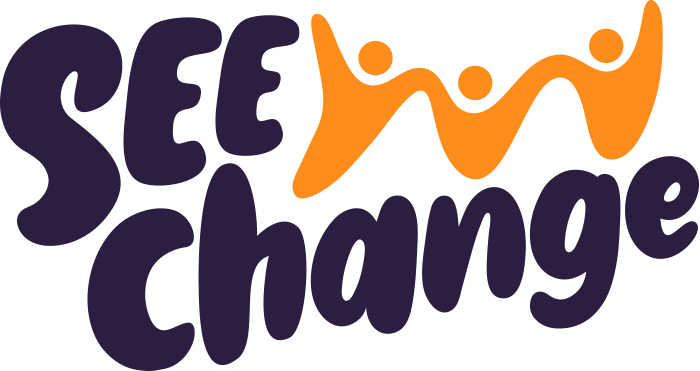A journey of cultural learning
Hi, we are Hannah and Izzy 😊 and for the next couple of months, we want to share our journey with you as we learn how to collaborate respectfully with Indigenous peoples.
We feel it is important to mention that we are both non-Indigenous and have limited experience in this area. So, this blog is not an authoritative ‘how to’ or an attempt to generalise our experiences and learnings. Instead, we want to use this as an opportunity to share our own personal learning journey, and, perhaps, inspire and encourage others to do the same.
We first met in June. I (Izzy) was interested in moving beyond theory taught at university, to working with and learning from people to try and understand how community groups can work better with Indigenous peoples. And I (Hannah) was eager to create a space for local mob and SEE-Change to work collaboratively together.
In our first meeting, we thought about exploring ways in which the SEE-Change community could (re)connect with their local waterways by learning from and about Indigenous water management, led by Indigenous peoples.
As we got further involved in this project, however, we started to pick up on some of our underlying cultural biases and perspectives that were framing much of our initial focus and approach. With guidance from kate harriden (Wiradjuri woman; ANU PhD scholar), our wonderful (and patient) mentor through this journey, we started to shift the focus and the process through which we engaged in the project.
The literature we read, provided by kate, taught us about core Indigenous principles. Importantly, the literature also included learnings and reflections from non-Indigenous scholars who had sought to engage with Indigenous peoples in their research. It was interesting to see how these scholars were able to recognise and challenge their cultural biases - whether that came during or after their fieldwork. Heeding the warnings of their experience has encouraged us to identify, reflect on and challenge some of our own cultural biases in a practical setting, and start to look at how things can be done differently. It is one thing to read something in a paper or discuss it in a tutorial; it is another thing entirely to actually try and practice or do what you have learnt.
Another reflection that had a huge influence on our project spoke to the need for engagement between non-Indigenous and Indigenous peoples to be collaborative from the onset. In our initial discussions about in Indigenous water management and finding ways to (re)establish a connection to our local waterways, we thought about where Ngunnawal mob may fit into the project, as if mob were simply an “input” we were slotting into a pre-determined context.
As we are now beginning to understand, and reflect in our evolving project, we need to first build a genuine relationship between Indigenous and non-Indigenous peoples. For it is the processes behind these engagements that genuine connections and future collaborations are born.

